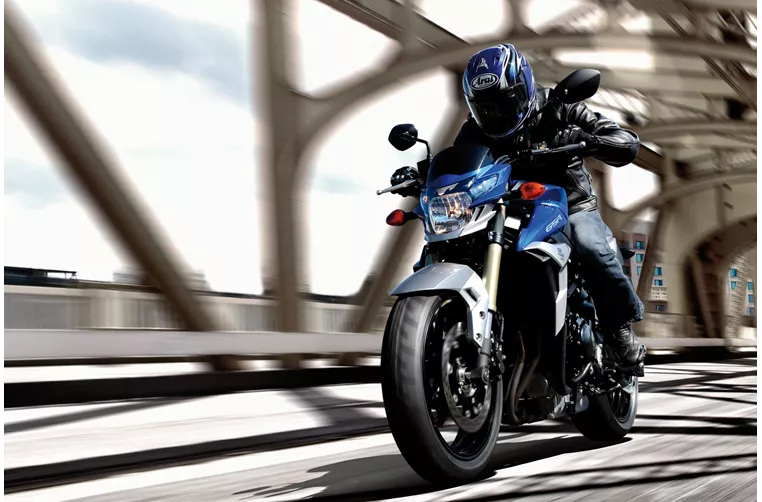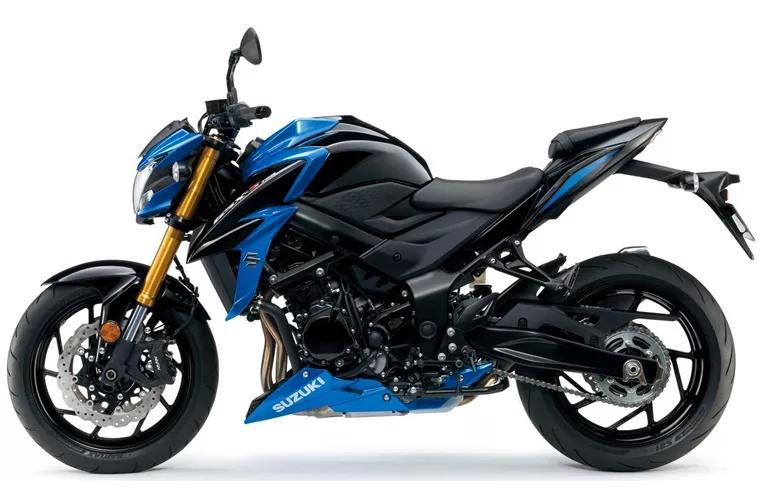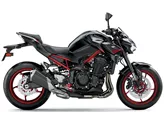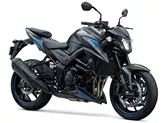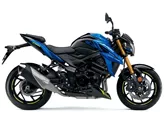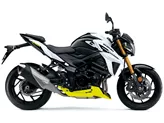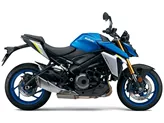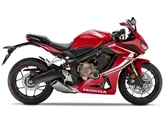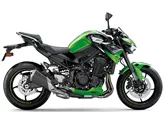Suzuki GSR 750 2017 vs. Suzuki GSX-S750 2017

Suzuki GSR 750 2017
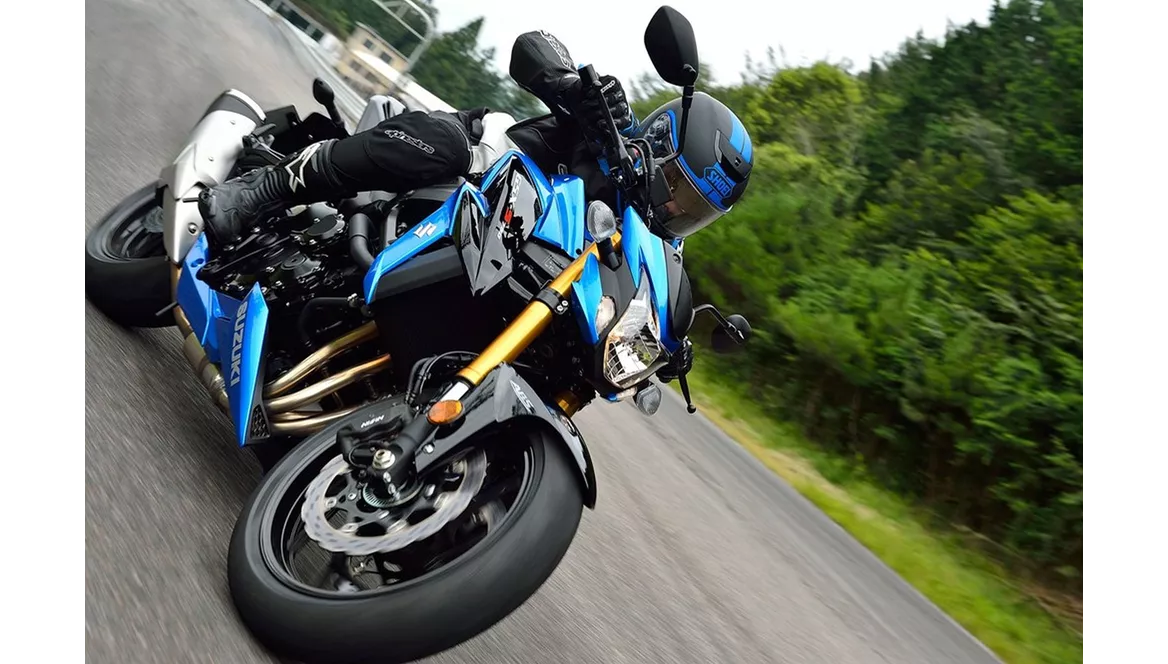
Suzuki GSX-S750 2017
Overview - Suzuki GSR 750 2017 vs Suzuki GSX-S750 2017
The Suzuki GSR 750 and Suzuki GSX-S750 are both naked bikes from Suzuki, with the 2017 models offering impressive performance and features. While they share many similarities in terms of engine type, power, torque, cylinders, displacement, brakes, and tire dimensions, there are some notable differences between the two models.
Starting with the Suzuki GSR 750, this bike features a steel frame, which provides stability and durability. It is powered by an inline 4-cylinder engine that delivers 106 HP of power and 80 Nm of torque. The GSR 750 has a displacement of 749 ccm, making it suitable for both city commuting and highway cruising. With a wheelbase of 1450 mm and a seat height of 815 mm, it offers a comfortable riding position for most riders. The GSR 750 weighs 211 kg, which is relatively light for its class.
In terms of strengths, the Suzuki GSR 750 has an attractive overall appearance and offers stable handling. The suspension elements have been tuned well, providing a smooth and comfortable ride. The instruments are easy to read, enhancing the overall user experience.
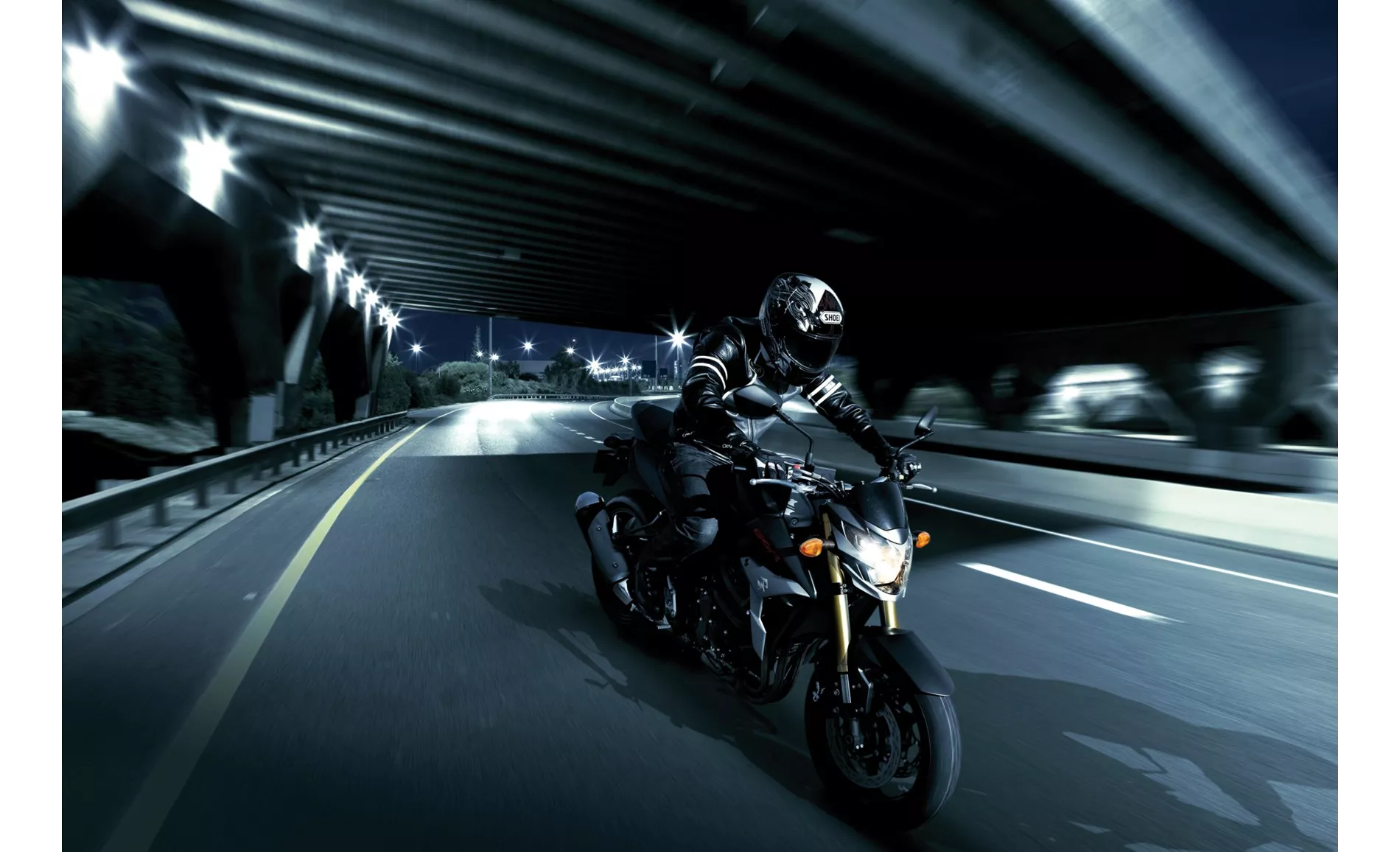
Suzuki GSR 750 2017
However, there are a few weaknesses to consider. The brake system of the GSR 750 requires a lot of manual force, which can be tiring during long rides. Additionally, some riders may find the box swingarm design to be less visually appealing.
On the other hand, the Suzuki GSX-S750 boasts an aluminum frame, which offers a lightweight and agile ride. It is equipped with the same inline 4-cylinder engine as the GSR 750, but it delivers more power, with 114 HP, and slightly more torque, at 81 Nm. The GSX-S750 has the same displacement of 749 ccm, making it equally suitable for various riding conditions. With a wheelbase of 1455 mm and a seat height of 820 mm, it offers a slightly more upright riding position compared to the GSR 750. The GSX-S750 weighs 213 kg, which is slightly heavier than the GSR 750.

Suzuki GSX-S750 2017
The strengths of the Suzuki GSX-S750 include its powerful and well-controlled brakes, which provide excellent stopping power. The GSX-R 750 engine offers a strong character, delivering exhilarating performance. The design of the GSX-S750 is harmonious and visually appealing, with a sharp sound that adds to the overall experience. Furthermore, it is offered at an affordable price, making it an attractive option for riders on a budget. The GSX-S750 also offers great lean angle clearance, allowing riders to confidently take corners.
However, there are a couple of weaknesses to consider. Some riders may find the knee angle to be acute, which could lead to discomfort during long rides. Additionally, the tachometer on the GSX-S750 can be difficult to read, which may require riders to divert their attention from the road.
In conclusion, both the Suzuki GSR 750 and Suzuki GSX-S750 are impressive naked bikes from Suzuki, offering powerful performance and attractive features. While the GSR 750 excels in terms of overall appearance, stable handling, and tuning of suspension elements, the GSX-S750 stands out with its GSX-R 750 engine, powerful brakes, harmonious design, affordable price, sharp sound, and great lean angle clearance. However, it is important for riders to consider the weaknesses of each model, such as the GSR 750's brake system requiring manual force and the GSX-S750's acute knee angle and difficult-to-read tachometer. Ultimately, the choice between the two models will depend on the rider's preferences and priorities.
Technical Specifications Suzuki GSR 750 2017 compared to Suzuki GSX-S750 2017
Pros and Cons in comparison
Pros and Cons in comparison
Suzuki GSR 750 2017
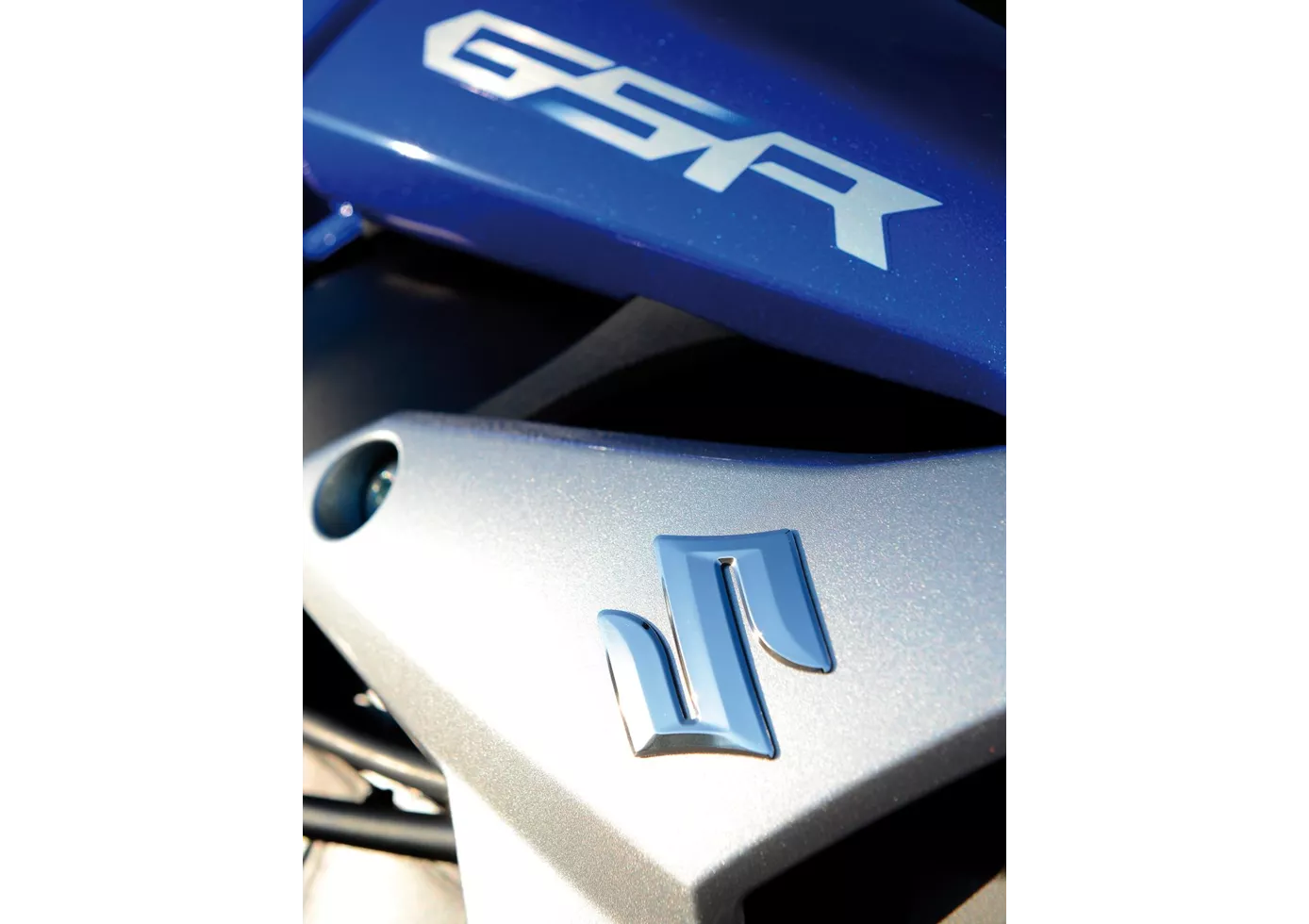
A razor-sharp design with an aggressive front and narrow rear - just as speedy street raiders have always wanted. It is a pity that the rear swingarm was neglected (officially for weight reasons, unofficially for cost reasons), and the front dual-piston brake system seems a little weak. However, the performance during the ride, both at high speed and in tight corners, is quite good.
Suzuki GSX-S750 2017

More power, more performance, more sound. Suzuki also proves all the pessimists regarding the EURO4 standard wrong and delivers the GSX-S 750, a successor to the GSR 750 that has been further developed in every respect and can be a bit more serious, but doesn't have to be. To ensure that aha moments don't become oje moments, ABS and a three-stage traction control that can be switched off provide a safety cushion. With S21 tyres from Bridgestone, the GSX-S is super-sporty, allowing you to take advantage of the generous lean angle clearance. Only the acute knee angle could be a disadvantage on longer tours.
Price Comparison Avarage Market Price Suzuki GSR 750 vs Suzuki GSX-S750
There are a few key differences between a Suzuki GSR 750 2017 and a Suzuki GSX-S750 2017. It takes less time to sell a Suzuki GSX-S750 with 84 days compared to 117 days for the Suzuki GSR 750. Since model year 2011 1000PS.de editors have written 12 reviews for the Suzuki GSR 750 and 14 reviews for the Suzuki GSX-S750 since model year 2017. The first review for the Suzuki GSR 750 was published on 10/5/2010 and now has more than 5,400 views. This compares to more than 50,800 views for the first review on Suzuki GSX-S750 published on 10/4/2016.
